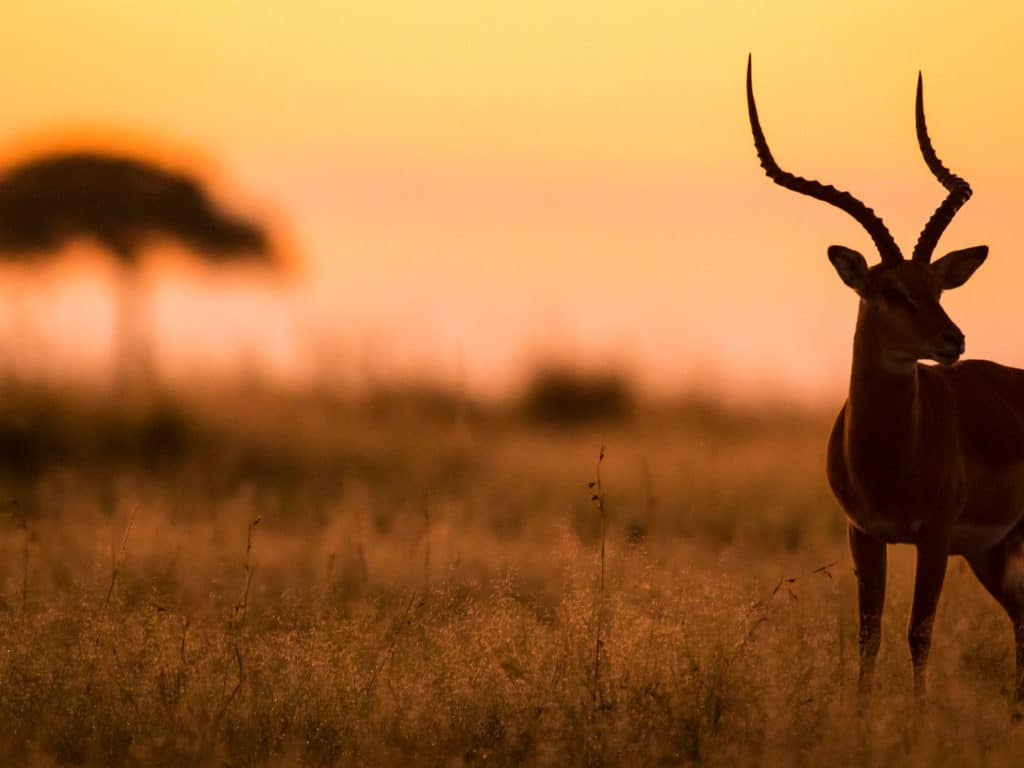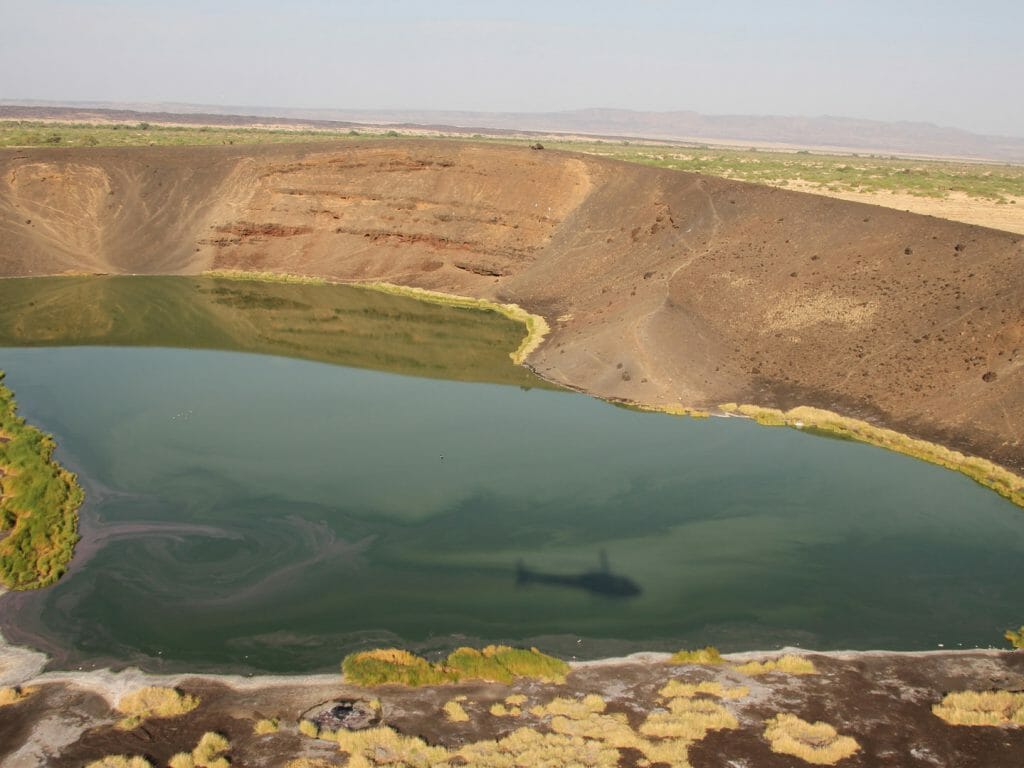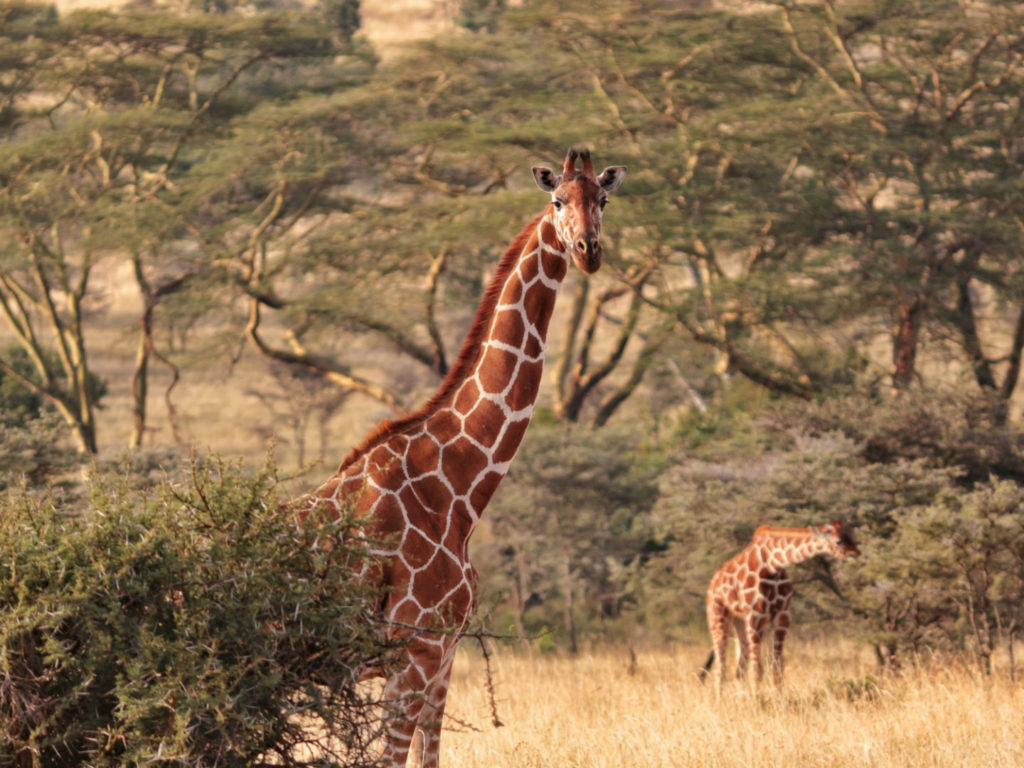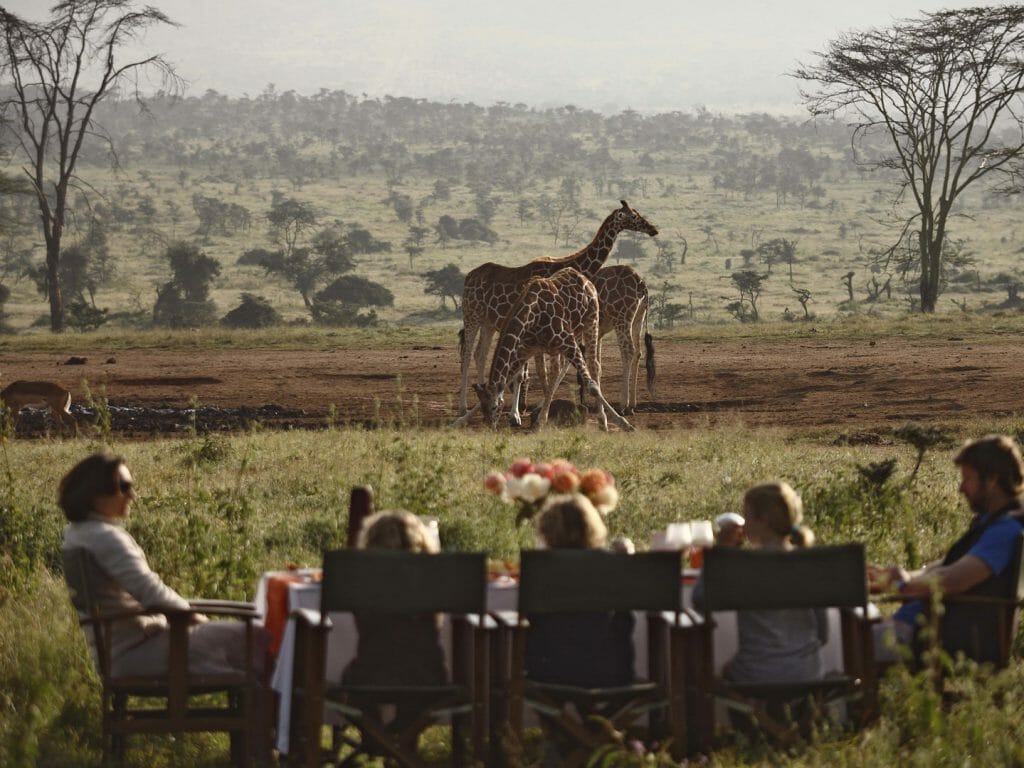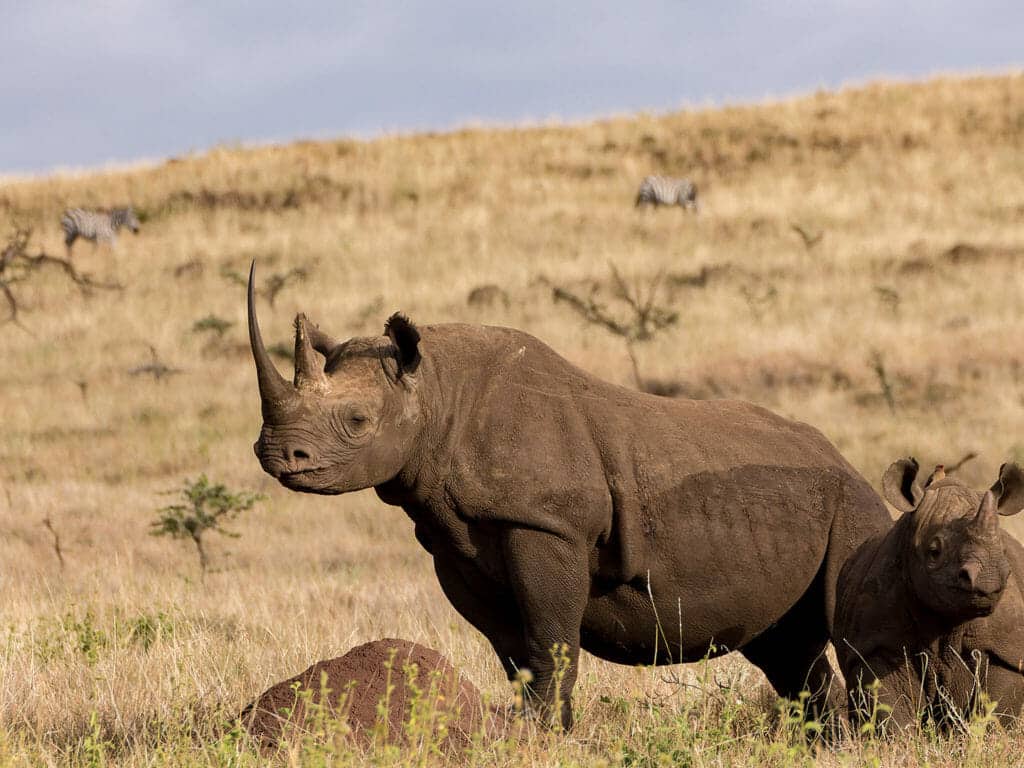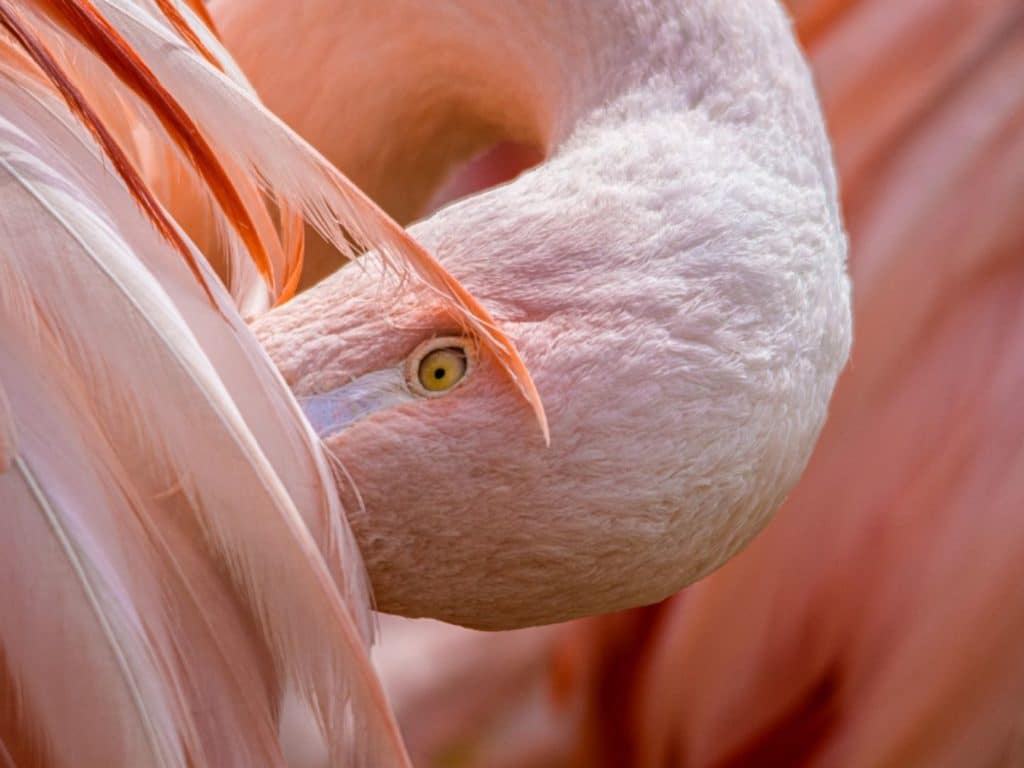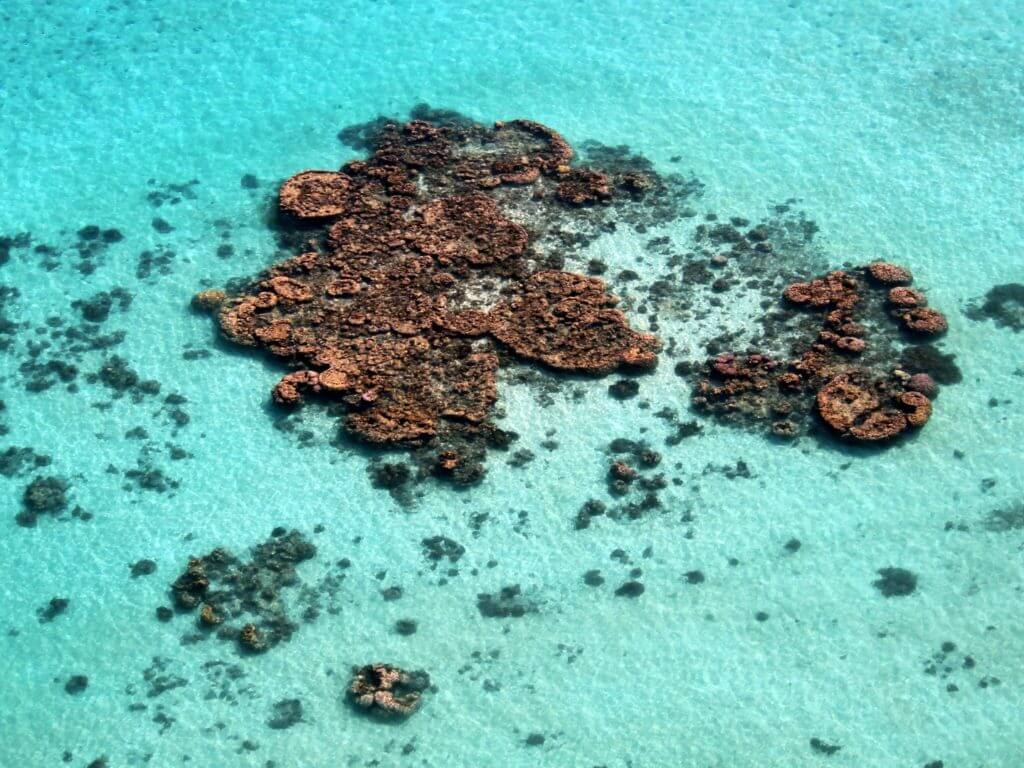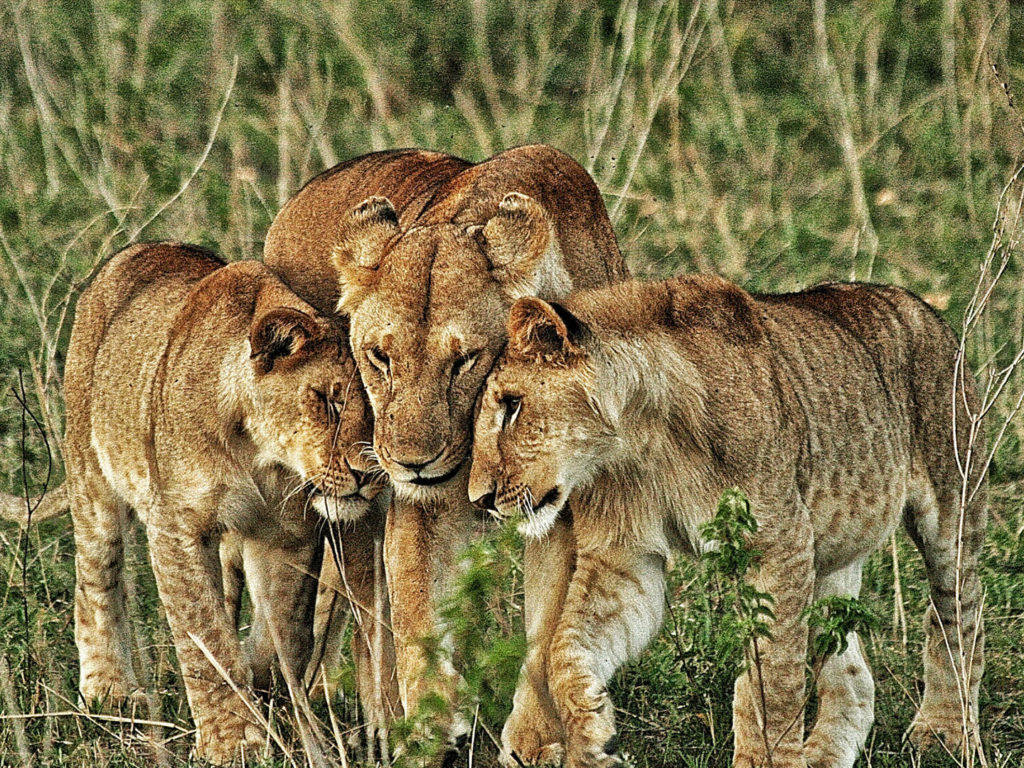*Game Report from Governors Camp – Kenya*
Weather and grasslands
November was an extraordinary month, lovely weather to begin with, then scattered showers and heavy downpours from mid-month. In the early hours of the morning of the 10th, there was a big rainstorm which caused the Marsh to fill up with water. A few days later another big rainstorm added yet more water to the Marsh causing much entertainment to the regular troop of Olive Baboons who sat on the Marsh verges watching the water levels rising.
General game
River crossings of wildebeest and zebra continued into November with around 2,000 wildebeest crossing the Mara River towards Governors, one was sadly taken by a waiting crocodile. Then again over the following few days an estimated 5,000 zebra and 1,000 wildebeest taking the plunge. The crossing on the 5th was so large that it took all morning and one unfortunate zebra foal was taken by a hungry patrolling crocodile.
Topi have been giving birth on the plains, calves can follow their mothers’ immediately after birth, with many guests witnessing this as well as Coke’s hartebeest or Kongoni.
There are many warthogs are across the plains and those that have piglets have lost up to 50% due to predation, some families have been completely wiped out by hungry lions, hyena and leopard.
The big buffalo herds in the Bila Shaka and Rhino Ridge areas have many calves and some of these young calves have also fallen prey to lion and hyena. There are a dozen or so male buffalo who spend their days close to the Marsh enjoying the soft grasses.
Elephant with many young calves have been moving back and forth between the Marsh and the woodland and now that the Warburgia trees are fruiting this will entice the elephant to spend more time in the woodlands and between the camps.
Teclea Nobilis are also fruiting, their fruit, which is red when ripe attracts many birds including the striking double-toothed barbet.
The woodlands are full of breeding herds of impala, many of these herds have young fawns of varying ages. Young fawns can fall prey to many including male Olive baboons and both Jackal species especially the black-backed jackal. Olive baboons live in groups or “troops” as they are often called, ranging in size from 15 to 150 individuals.
Elusive bushbucks are seen in the early morning and evening light often mingling with a troop of baboons as they forage for food. Defassa Waterbuck are also spread out with this rain but still close to the Musiara marsh.
The Bat Eared Foxes are out and about, there are many dens with some young cubs. Bat Eared Foxes will feed on many insects favouring harvester termites and dung beetles. They have a well developed digastric muscle that allows them to snap at approximately 3 times a second. Black blacked Jackals also have pups at the moment and they are taking up residence in old termite mounds, appearing in the early mornings.
There have also been some lovely sightings of two male black rhinos up on Paradise plains.
Mid-month there was a lot of action close to Il Moran camp, during early evening two hippos had a huge fight with one hippo dead by 2 am. The scavengers then moved in and the night air was filled with the cackling of excited hyenas. When the sun rose the hyena disappeared and the vultures moved in devouring what was left. Over a hundred vultures mainly the white back, hooded and Ruppell’s griffon covered the carcass.
Big Cats
Lion
The Marsh Pride have been covering an area from the Marsh to Rhino Ridge. The four ‘new males’ are a formidable foursome and have been killing buffalo and a young hippo. Joy’s five cubs (including the much smaller adopted one) are doing well. Within the first week of the month there were three new cubs, with all the rain there have been no further firm sightings of these little cubs and the worst is feared. The 4 large males related to ‘Notch’ are being seen near the Talek river but ‘Notch’ himself has not been seen lately. There is a lioness that has three cubs which are about two months old now and she is in the croton thickets on the Emarti side of the Talek River.
Cheetah
The two males have been seen between the Paradise Plains and the Talek River, they were last seen feeding off the remains of a warthog sow. These two brothers were seen earlier on in the month on the plains east of the Marsh, they had killed a Grants Gazelle but hyena moved them off very quickly, unfortunately, this is the problem cheetah face. A female cheetah on the Posse Plains (North West side of the Talek River) has three young cubs which are about two months old. She has been seen hunting Thompson gazelle. The older male has been seen near the Musiara gate and he has been seen feeding off warthog piglets, he has a little sarcoptic mange around his face and ears so he will have to be monitored.
Leopard
Olive, her 11-month-old cub and the two-year-old son remain close to the Talek River. A large male leopard has been in the river bed south of Bila Shaka towards Rhino Ridge. The young male who frequents the croton thickets close to the Mara River has again been seen more often this month. The female with two cubs who are about nine months old has been in the riverine tree line at the bottom end of the Bila Shaka river bed. A female leopard with two very young cubs was in a dry river bed near to Lookout hill. These cubs have just opened their eyes so are thought to be a little over one month old.
*Walking in the Koiyaki Conservation Area.*
Due to the weather, only two walks were able this month. Good numbers of Thomson gazelle can be seen on the open plains above the ‘Fly over’ and also in the open areas between the acacia woodlands. Two Thompson fawns were killed by a pair of black jackals on the 3rd of November, Jackals work as a pair and run their prey down which is similar to many of the canids, they are amazingly agile. On the 3rd at the bottom end of the Olare Orok, a large clan of hyenas were seen moving away from the remains of a zebra kill and that was presumed was taken by the acacia lion pride. Three lionesses and 5 cubs of varying ages were seen well into the croton thickets below the salt lick, although lions are habituated to cars it is a different ball game whilst on foot. A few male buffalo were seen and these are more often seen in the deep croton thickets and occasionally on the open plains. Topi with calves and Cokes Hartebeest are also being seen. There is a touch of scarlet on the plains and Laval escarpments with the Fireball lily, Gloriosa superba and Crossandra nilotica.
For more information about Kenyan holidays or to witness the action from the migration for yourself, please contact our Kenya specialists.


